
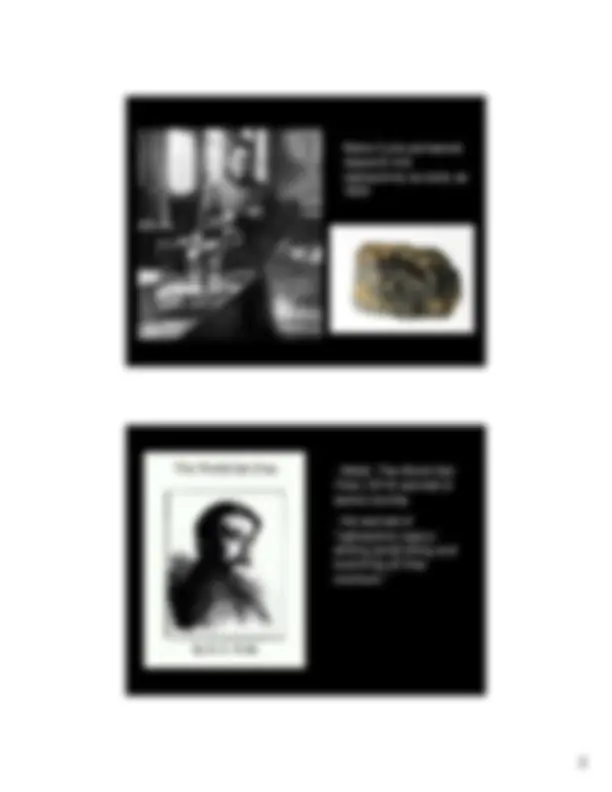
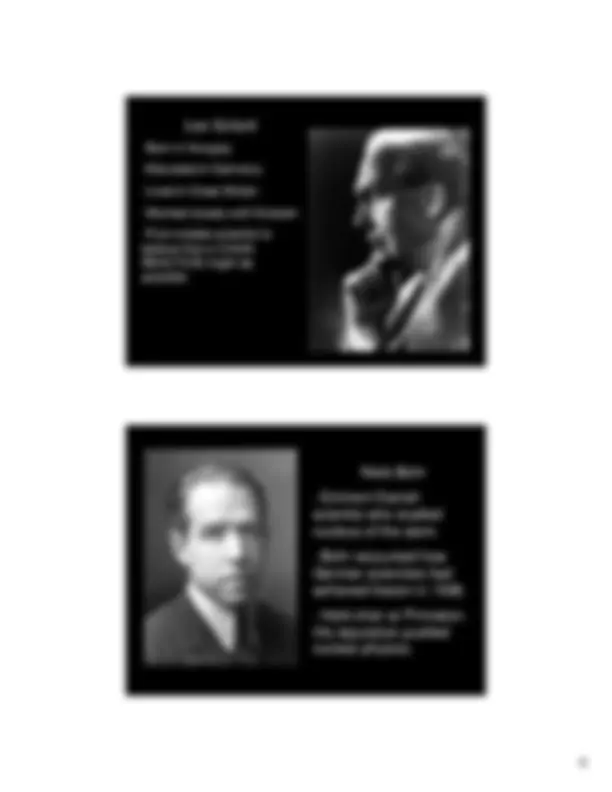
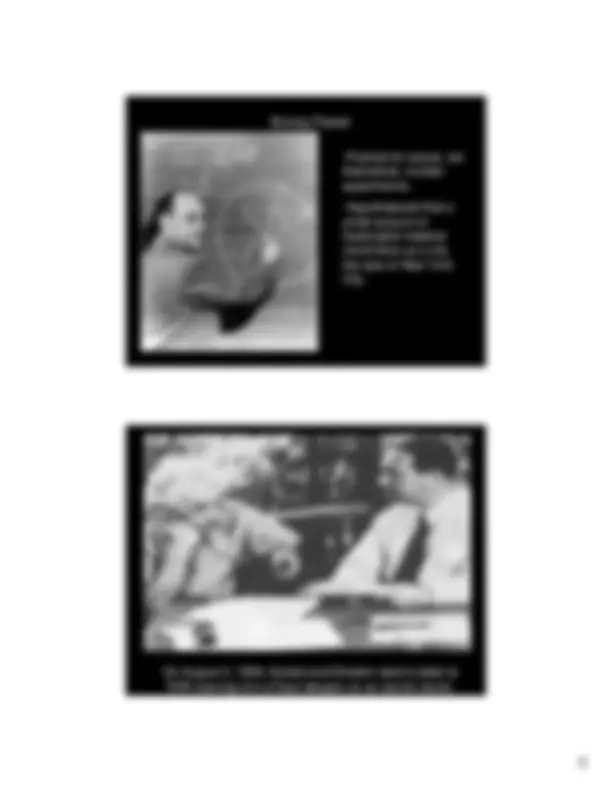
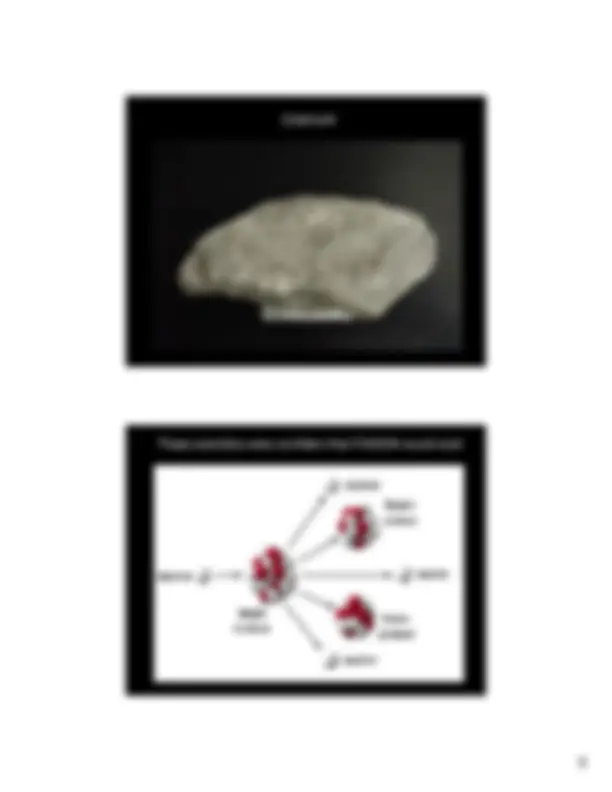
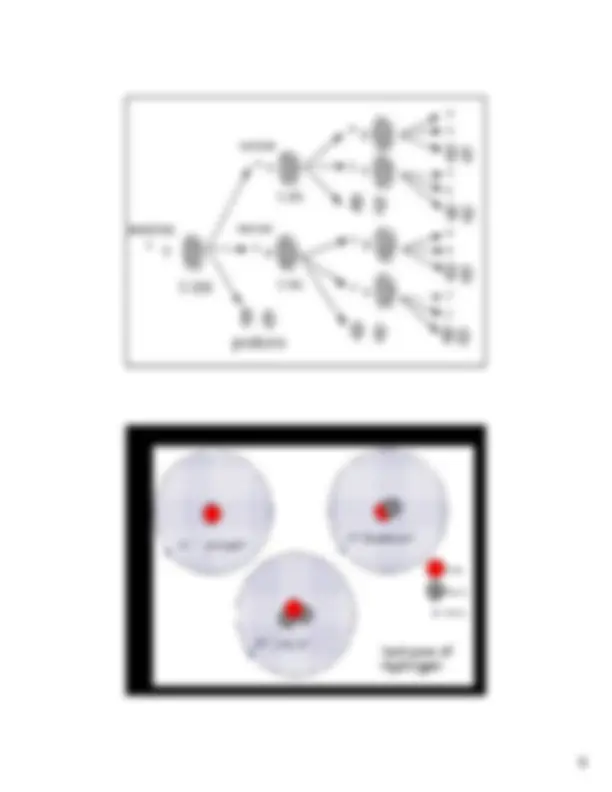
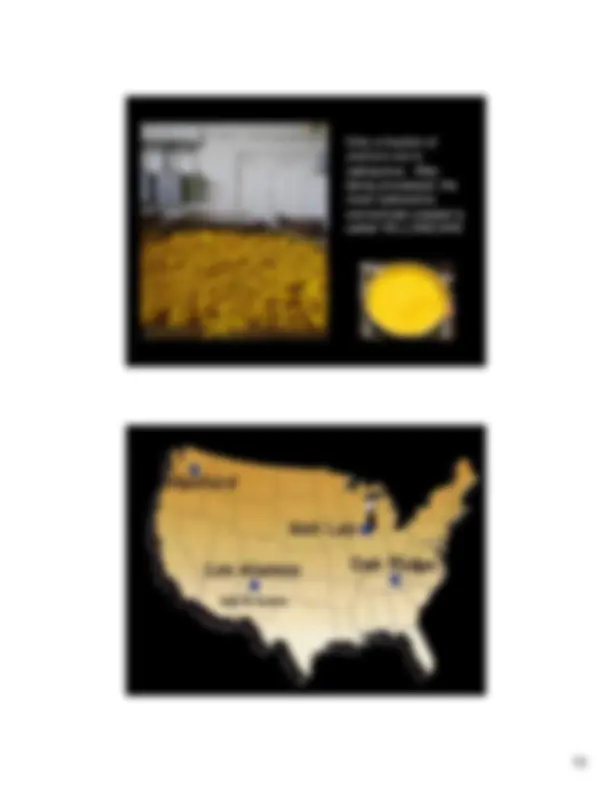
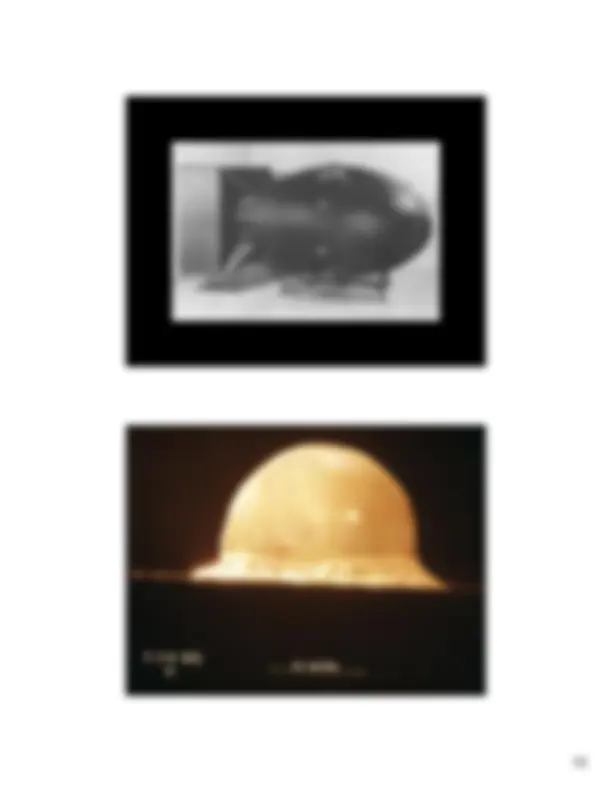
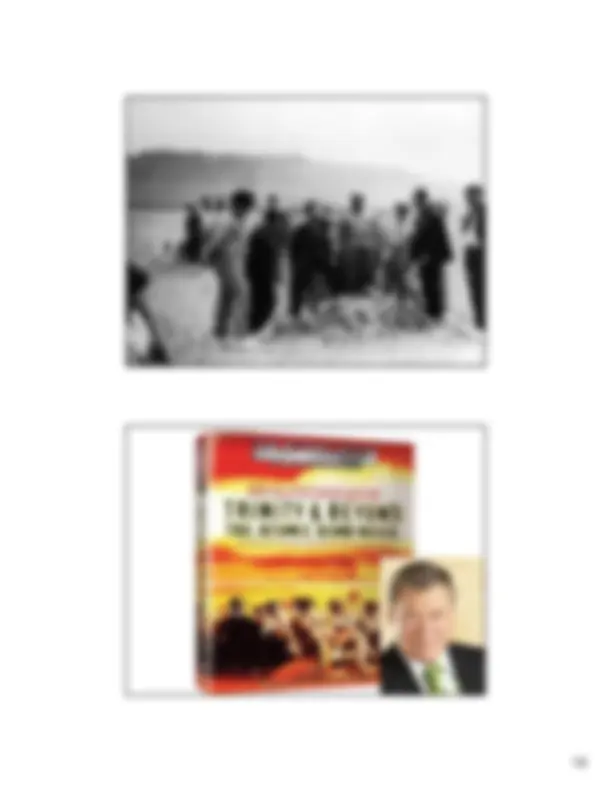
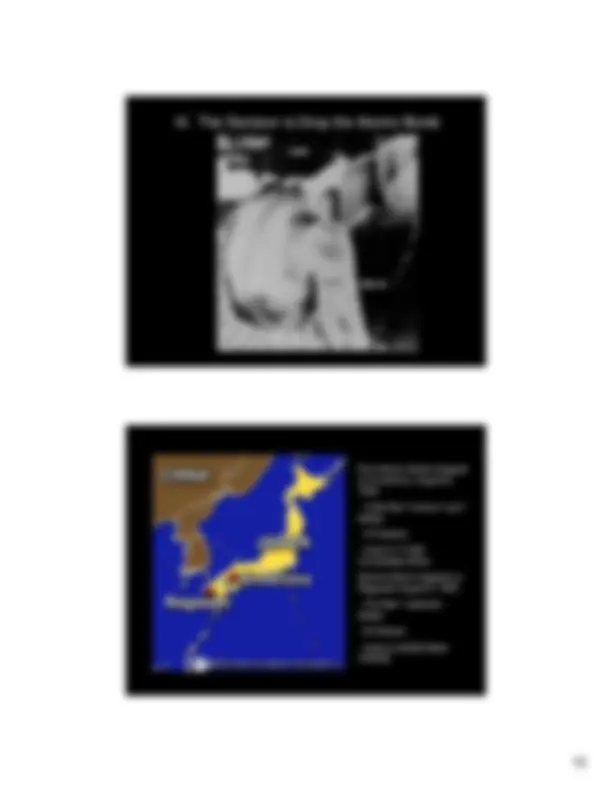

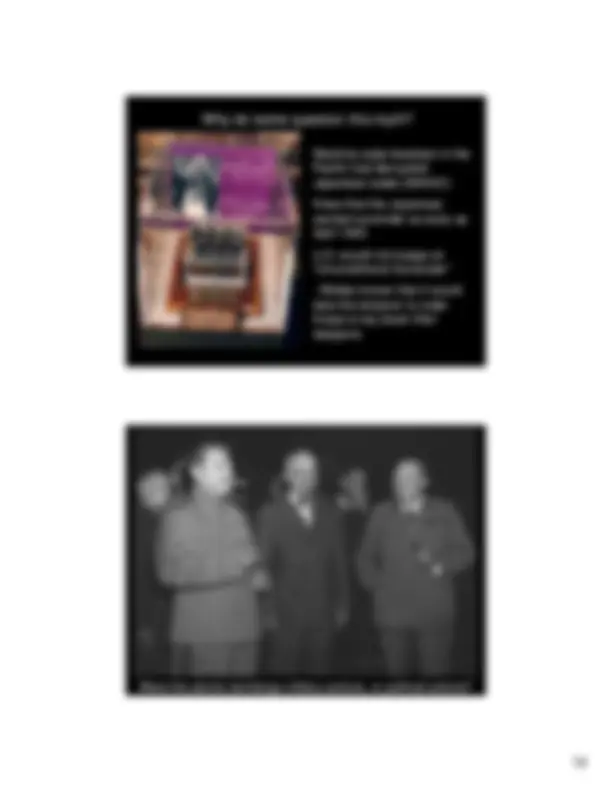
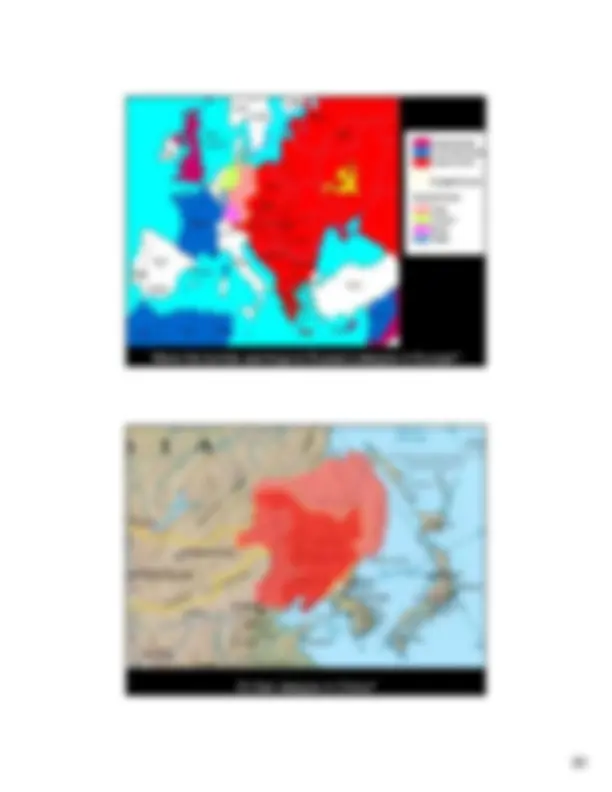
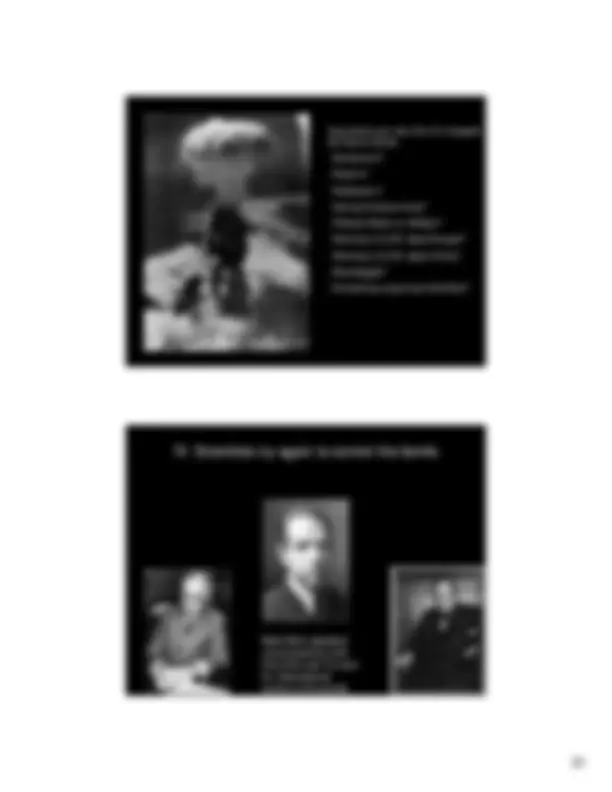
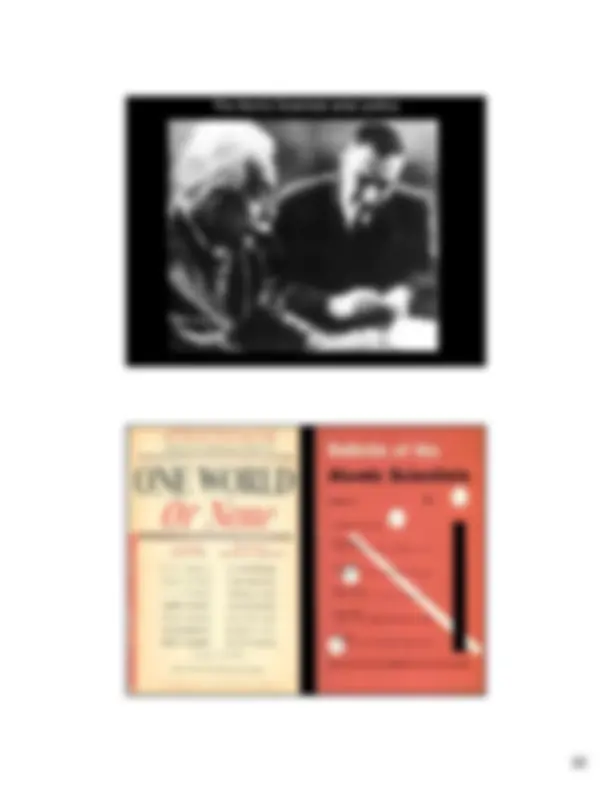
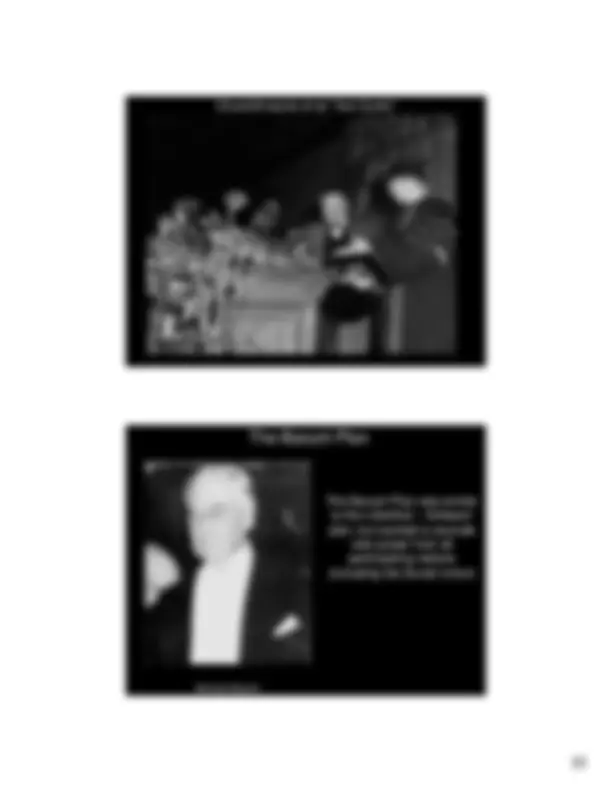
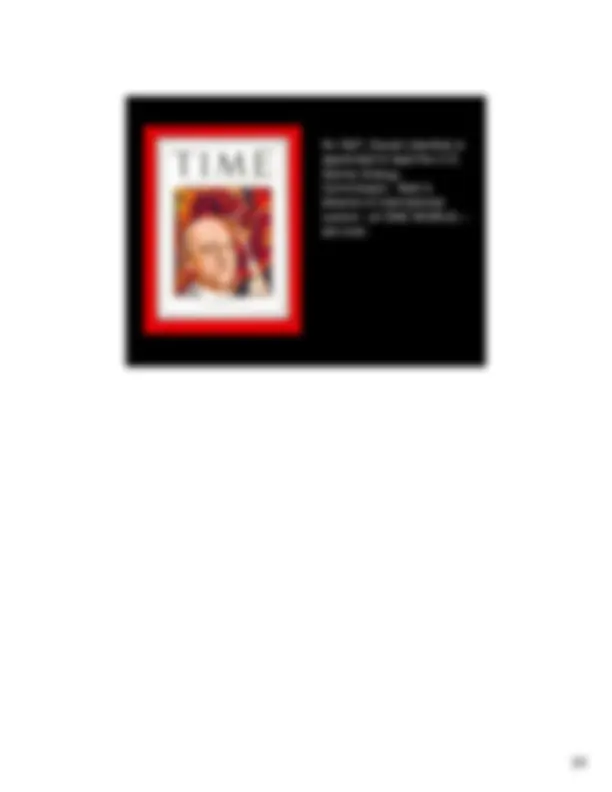


Study with the several resources on Docsity

Earn points by helping other students or get them with a premium plan


Prepare for your exams
Study with the several resources on Docsity

Earn points to download
Earn points by helping other students or get them with a premium plan
Community
Ask the community for help and clear up your study doubts
Discover the best universities in your country according to Docsity users
Free resources
Download our free guides on studying techniques, anxiety management strategies, and thesis advice from Docsity tutors
An overview of the manhattan project, the scientists involved, and the decision to drop atomic bombs on hiroshima and nagasaki. It also explores the arguments for and against the necessity of these bombings, as well as the role of key figures such as leo szilard, niels bohr, and j. Robert oppenheimer. Students can use this document to understand the historical context, scientific discoveries, and ethical dilemmas surrounding the development and use of the atomic bomb.
Typology: Study notes
1 / 24

This page cannot be seen from the preview
Don't miss anything!

















Trinity and Beyond: The Origins of the Atomic Age
Week 2 Term List
Niels Bohr J. Robert Oppenheimer Leo Szilard Leslie Groves Albert Einstein Fat Man / Little Boy Radioactivity Enola Gay Fission Kiloton Uranium Megaton Plutonium Fusion The Manhattan Project Military Industrial Complex Harry S. Truman Trinity Enrichment Yellowcake
Questions to ponder: Did the United States need to drop the first two (and only) Atomic Bombs on Japan? Try to construct arguments on both sides.
How was the Manhattan project able to construct such a new and devastating weapon in such a short amount of time?
Which figure was the most important in the creation of the Atomic bomb? Why?
Arguably, Adolf Hitler prompted the massive push to construct an atomic bomb. Still, scientists had been making discoveries for many decades before WWII.
I. Imagining the Bomb before the Manhattan Project
-Born in Hungary
-Educated in Germany
-Lived in Great Britain
-Worked closely with Einstein
-First notable scientist to believe that a CHAIN REACTION might be possible.
-Pushed for actual, not theoretical, nuclear experiments. -Hypothesized that a small amount of fissionable material could blow-up a city the size of New York City.
On August 2, 1939, Szilard and Einstein send a letter to FDR warning him of Nazi designs on an atomic bomb.
Originally the MANHATTAN ENGINEERING DISTRICT
To lead the scientific efforts, Groves put J. Robert Oppenheimer in charge.
These scientists were confident that FISSION would work
Only a fraction of uranium ore is radioactive. After being processed, the more radioactive concentrate created is called YELLOWCAKE
FDR and Stalin had a good working relationship.
Truman is noticeably less comfortable with “Uncle Joe”
Paul Tibbits piloted the ENOLA GAY which dropped the first atomic bomb on Hiroshima
-A fifty year anniversary exhibit (1995) of the Enola Gay at the Smithsonian in Washington D.C. raised much controversy
Argued that Truman and his advisors considered every possible option Goal was to save American lives Later estimates put that number anywhere between 500,000 to 1,000, American casualties
Wartime code-breakers in the Pacific had decrypted Japanese codes (MAGIC) Knew that the Japanese wanted surrender as early as April 1945
U.S. would not budge on “Unconditional Surrender”
Were the atomic bombings military actions, or political actions?
Were the bombs warnings to Russia’s designs in Europe?
Or their designs in China?